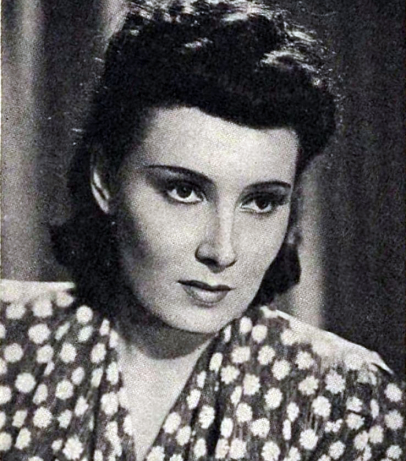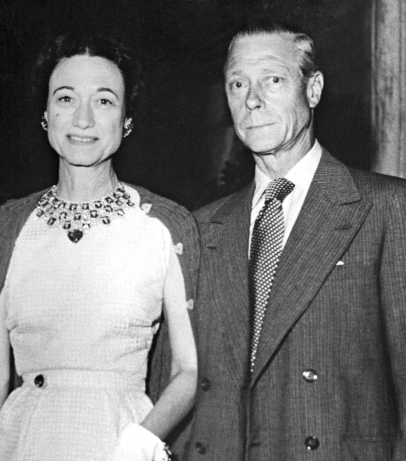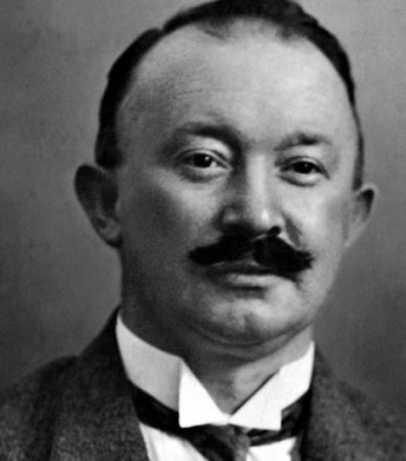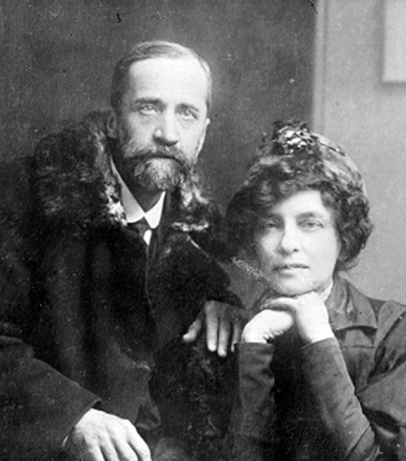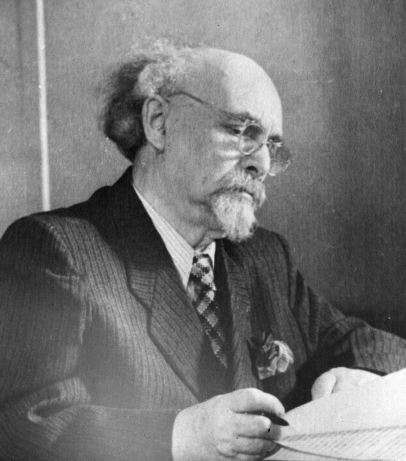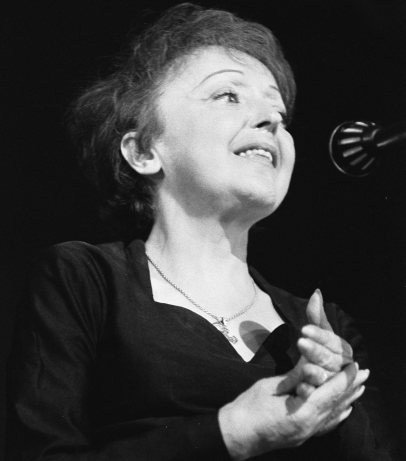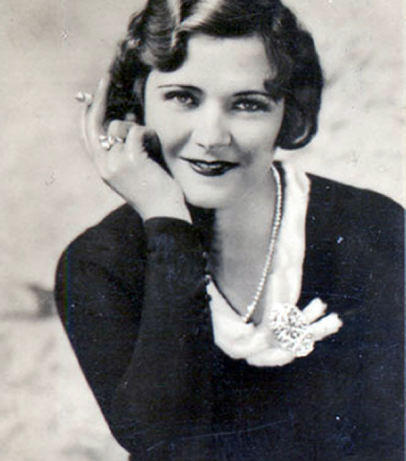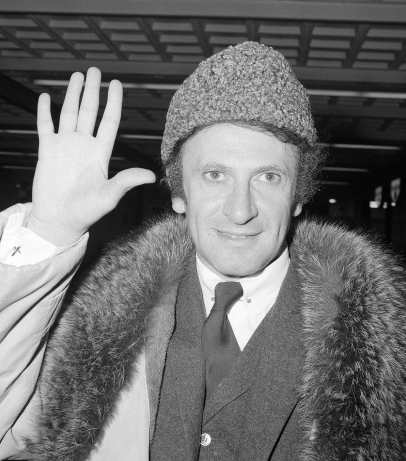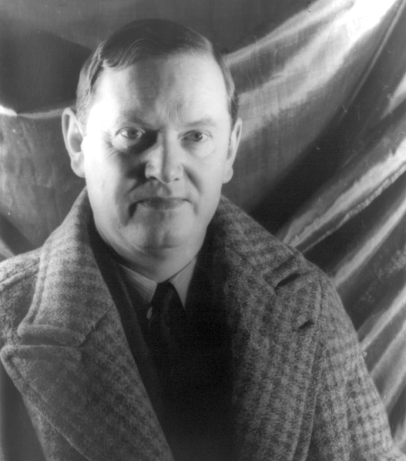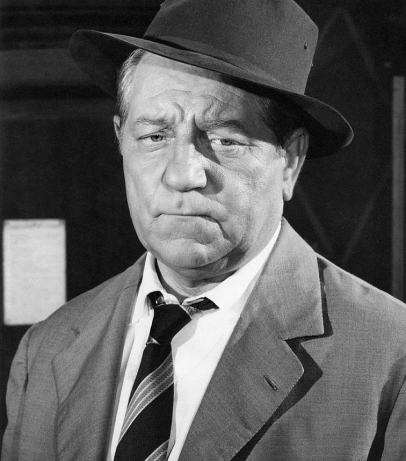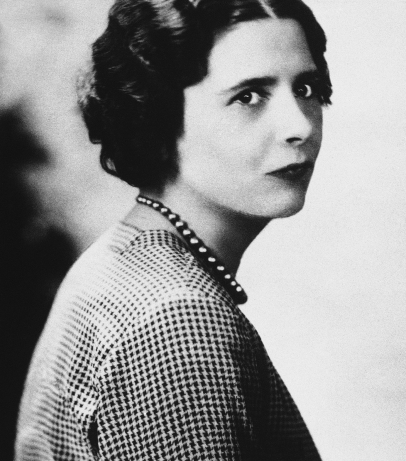The Japanese-occupied town of Sandakan on the island of Borneo was used as a prisoner-of-war camp for Australians, British, and Americans to maintain a military airfield. Allied aviation constantly shelled Sandakan, causing the Japanese military command to build a new airfield in the town of Ranau in North Borneo and to abolish the Sandakan POW Camp.
In the spring of 1945, POWs who could work were sent to Ranau on foot, having their already meagre rations cut down. They were forced to walk 260 kilometres in 9 days, through jungle and swamps with heavy loads, and at the end of it, up a mountain slope. Those who were weak were beaten, killed, or simply left to die. Upon arrival, they were immediately ordered to start work. A total of over 1,000 prisoners of war died during the “death marches”. The Sandakan prisoners not selected for construction work were driven out into the jungle, where almost all of them died, either from starvation or at the hands of the guards.
By the end of July 1945, only 38 prisoners were left in Ranau – they were too sick and weak to work. The rest had perished because of starvation and cruel treatment. The camp administration decided to execute the survivors. The guards killed the POWs about two weeks after the Japanese surrender.
Camp Commandant Susumi Hoshijima, Captain of the Japanese Army, showed particular brutality. His orders caused the deaths of around 6,000 people: 4,000 locals, 1,381 Australians, and 641 British.
The British and Australians organised a war crimes trial against the Japanese administration of the Sandakan camp in Labuan, Malaysia. Captain Susumi tried to assure the Court that he was acting on the orders of the commander of the 37th Japanese Army. The Tribunal sentenced Susumi and 9 of his subordinates to death, and 64 others received various terms of imprisonment.
On 6 April 1946, Susumi Hoshijima was hanged in Rabaul.
Source:
“Southeast Asia: A Historical Encyclopaedia”, Vol III







